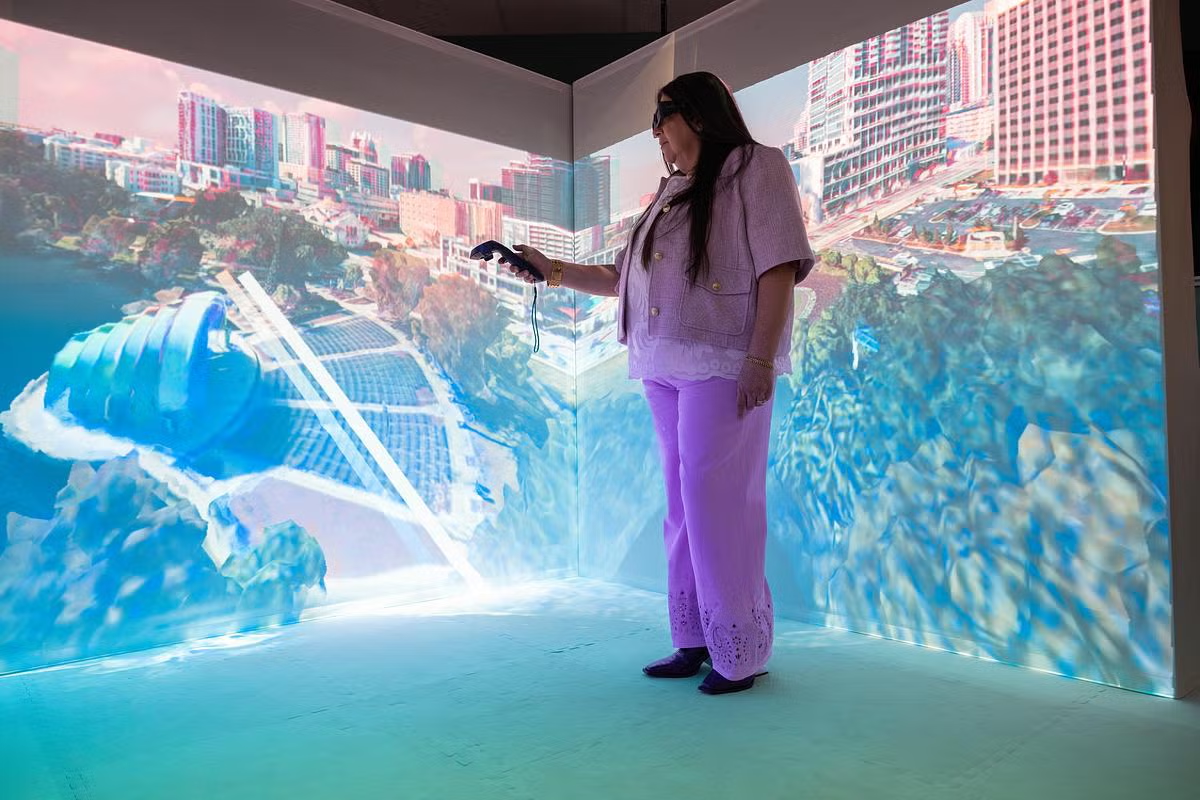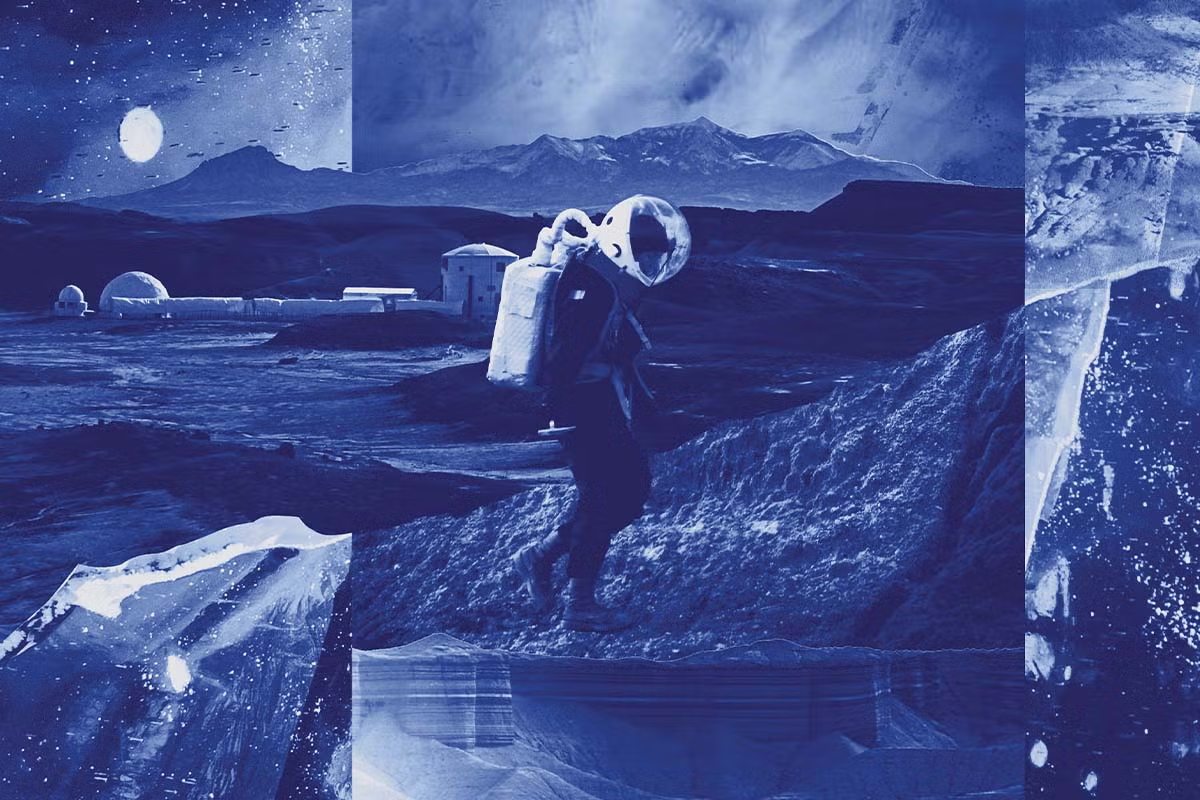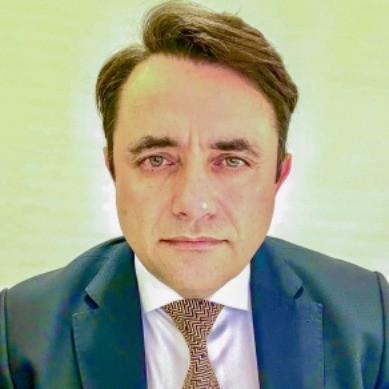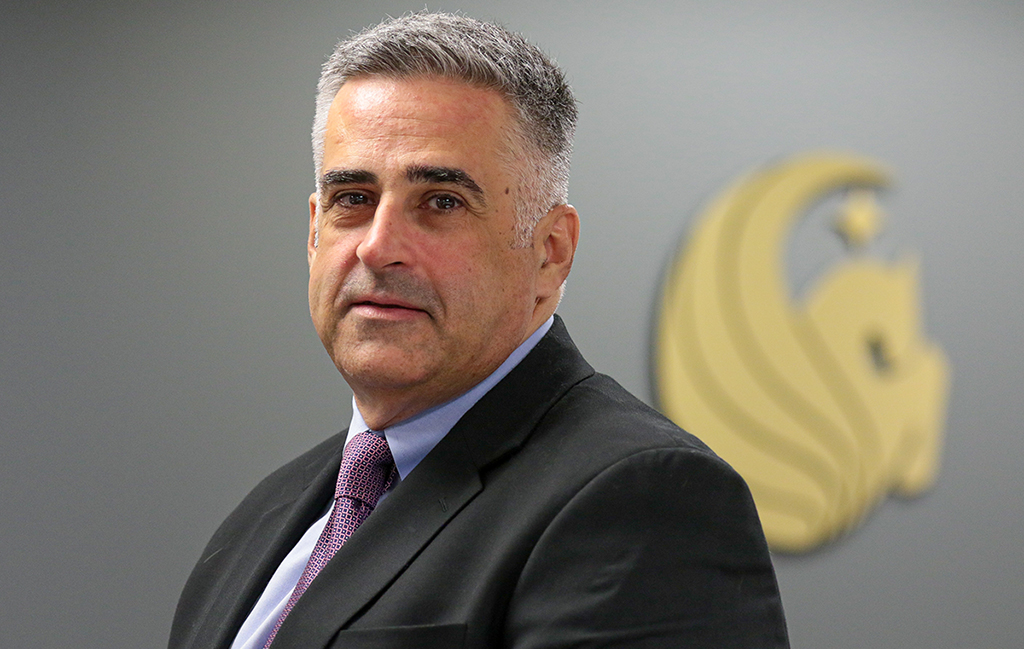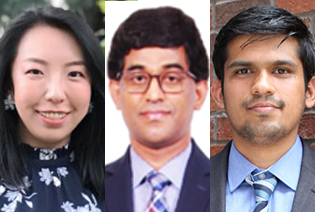Reflecting on the 1990s – early 2000s
Glenn Martin, Ph.D.
UCF IST®
1992 – present
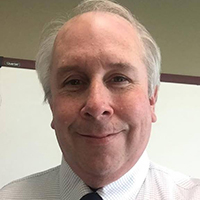
Q: When you look back at MS&T in the 1990s, what was your expectation and hope then for what the technology or the field might achieve?
A: Across all the decades, since ‘92, I have always felt the application of MS&T should get out to the public domain more than it has. It’s made great progress in every decade, but it’s still very contained. The technology has continued to progress, and people have done great work. The hardware is getting better, and we can achieve more with better hardware. We see a lot of DoD influences in Central Florida, but it hasn’t yet moved too far out beyond that.
Early on, we were building tools just to have tools. But now, it is more strategic. Adding the human factor has been a big plus. That is still young, but I think you’ll see much more thought put into what the tool should be, and how it works best with human beings in the loop.
There has always been talk about what is the killer app that will really get the public to jump in and use it. To some extent, I think we are still looking for that. There are bits and pieces like gaming and VR, but not a huge amount. We need to identify that thing that really ignites the curiosity and interest of the general public.
There is a lot of talk about the metaverse now and everyone is working on that, so maybe we’re about to see it reach the public. I guess we’ll find out in time.
Q: What were IST®’s greatest breakthroughs and achievements during the ‘90s, and why were they considered important for the time?
In the ‘90s, IST® did some incredibly wonderful work in various areas. I was very involved in the graphics visualization side then. I still am but even more so then. The work we were doing in dynamic environments was just fabulous. In many respects, I think it’s still cutting edge to this day. Just the approaches that it took. I think about trying to bring some of that back in again, because it was just so wonderfully advanced and powerful, and even now, there is more I would love to explore in that area.
Similarly, the virtual reality work that happened here in the ‘90s was so foundational — just some fabulous work building hardware and software tools. There was major research kicking off on how VR worked for training — what worked well, what didn’t and how to mitigate anything that wasn’t working well — especially when a human was involved.
We were engaged in interesting military and non-military projects. One with a major local hospital visualized what the future hospital campus would look like. In 1998, we kicked off a project with NASA, examining space flight costs using a cost model with 13 modules — preflight and space flight. That was a great project and fun because we got to explore behind the scenes at Kennedy Space Center. We stood on the launch pad, which is very scary. We walked the path of the astronauts and rode their elevator, as if we were astronauts.
Q: During the 2000s, what were the emerging trends or work in their infancy?
That’s when human-based considerations really grew. That was great stuff and fun. For so many years, we did a lot of technology development just to answer the question, “Can we do this?” Then, we moved into the next phase, which was bringing in the human more frequently. So, the focus became, “Hey, we built this stuff, but does it really work?”
There was a feedback loop now: looking at technology, evaluating it with humans involved, making changes based off that and adding new tools. We launched a big effort focused on the after-action review, which I was involved in during the 2000s, and I really liked this notion of bringing the human in and closing the loop. That helped the human even more. I feel that decade is one in which MS&T and IST really grew.
Q: Locally, who stands out as a pioneer(s) — someone who advanced MS&T work, and what did he/she do?
There’s a lot of people, and many have been honored and well-recognized for their contributions.
Mike Moshell helped form what was then known as the Visual Systems Lab at IST. It is where a lot of the dynamic environments and virtual reality work was done. Mike was very important and a big player here. He is retired now, about a decade or so, and I think he missed out on some of the accolades he deserves.
Q: When you look ahead 40 years from now, what does your best version of MS&T look like? How has it changed society?
I think a lot of the core is the same, just better. We’re still going to visualize things, go into virtual worlds and do things like training, but the technology, graphics and networking are going to improve. I’m involved in a project right now that’s evaluating wireless — mixing virtual and live out on a range. That couldn’t have happened before because it uses 5G and the 5G network. Technology will continue to advance, and simulation will benefit because it can use that foundation.
Certainly, we are going to understand the human side more as psychologists continue to make advancements. So, while the core stays the same, it’s going to be a better user experience.
Right now, we can create a training exercise and put you in it to practice, but it would be interesting to be able to project different ways to play out multiple scenarios. What if we do this, or this, or that — what happens? I look ahead and see AI driving some of that evaluation of different situations. In the movie Men in Black 3, there is an alien character that keeps talking about a lot of different scenarios — basically different timelines. I’ve always liked that clip because my doctoral research was in scenario generation.
Q: What was your role in MS&T in the 1990s and 2000s?
I came to IST/SMST in 1992 as a grad student and just never left. I completed my master’s degree in ‘95 and worked at UCF as an hourly employee until late ‘98, when I was converted to a faculty member and became a faculty research associate.
Around 2006, I started work on my Ph.D. in modeling and simulation at UCF, and because of family considerations, I completed that in 2012. I then became a research faculty member.
Recent Articles
Be Informed
Stay Connected
By signing up, you consent to receive emails from us. Your information will be kept confidential and will not be shared with third parties.

